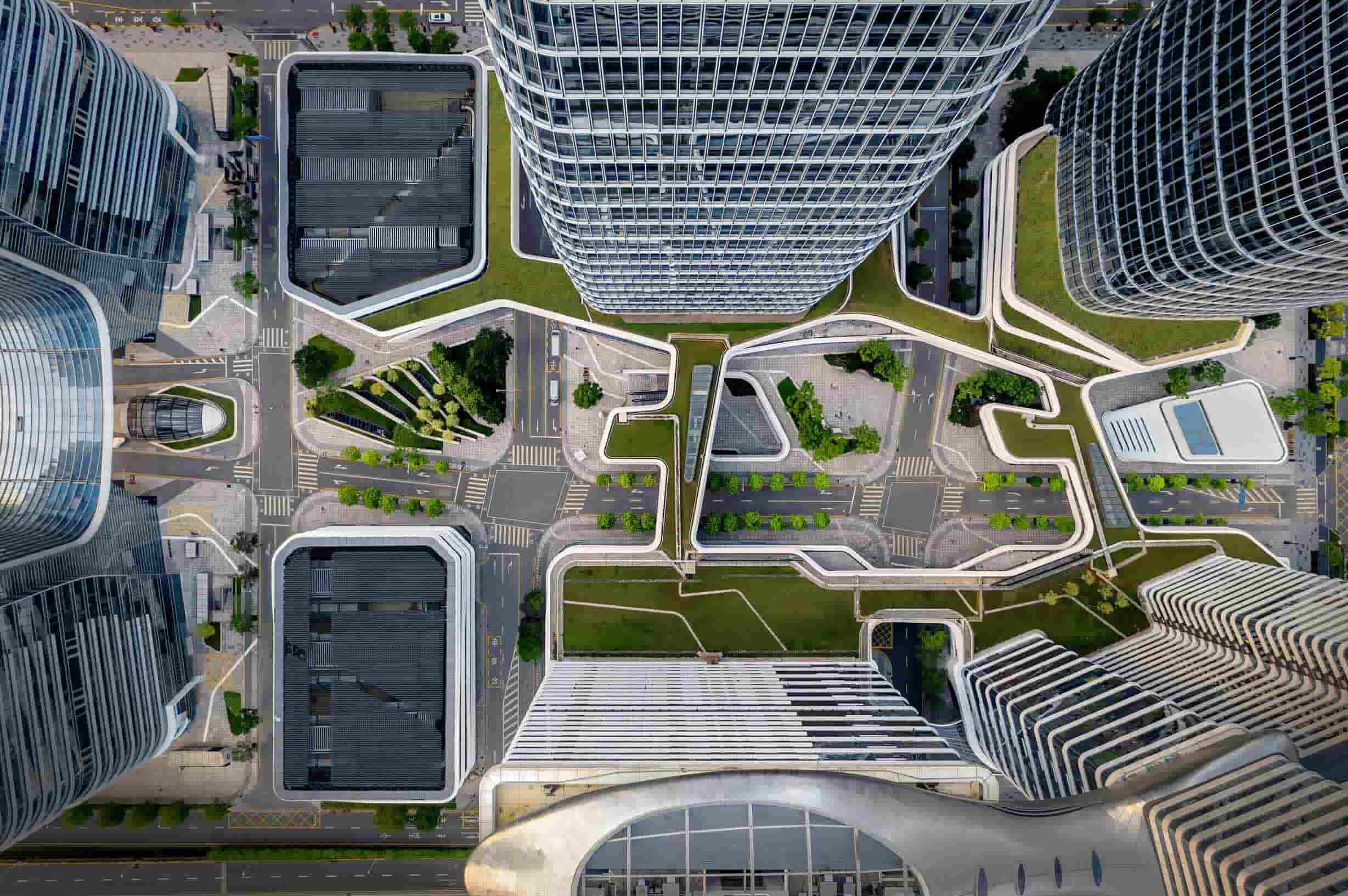
Densification is a term you might have heard in discussions about urban planning or environmental sustainability. But what does it really mean? Densification refers to the process of increasing the population density of an area, typically by building more housing units or commercial spaces within existing urban boundaries. This approach aims to make better use of land, reduce urban sprawl, and create more vibrant, walkable communities. Densification can lead to numerous benefits, such as improved public transportation, reduced carbon footprints, and more efficient use of resources. However, it also comes with challenges like potential overcrowding and the need for upgraded infrastructure. Understanding the ins and outs of densification can help us appreciate its impact on our cities and environment.
What is Densification?
Densification refers to the process of increasing the density of something. It can apply to various fields, from urban planning to material science. Understanding densification helps us grasp how things become more compact and efficient.
- Urban densification involves increasing the population density in a given area, often through building taller structures or converting single-family homes into multi-family units.
- Material densification in manufacturing often means compressing materials to make them stronger and more durable.
- Soil densification is used in construction to improve the load-bearing capacity of the ground.
- Densification in data storage means packing more information into a smaller physical space, like in hard drives or memory chips.
- Densification in energy refers to increasing the energy output per unit of volume, such as in batteries or fuel cells.
Why is Urban Densification Important?
Urban densification addresses many challenges faced by growing cities. It helps make better use of limited space and resources.
- Reduces urban sprawl by making better use of existing infrastructure.
- Promotes public transportation by making it more feasible and efficient.
- Encourages walkability and reduces the need for cars.
- Supports local businesses by increasing foot traffic.
- Improves social interaction by bringing people closer together.
How Does Material Densification Work?
Material densification involves compressing materials to make them more compact. This process has various applications in manufacturing and construction.
- Increases strength of materials, making them more durable.
- Reduces porosity, which can improve the material's resistance to water and other elements.
- Enhances thermal properties by making materials better insulators.
- Improves wear resistance, extending the lifespan of products.
- Reduces material waste by making more efficient use of raw materials.
Soil Densification Techniques
Soil densification is crucial for construction projects to ensure the ground can support structures. Various techniques are used to achieve this.
- Compaction involves mechanically compressing the soil to reduce air gaps.
- Vibroflotation uses vibrations to rearrange soil particles into a denser configuration.
- Dynamic compaction drops heavy weights onto the soil to compact it.
- Grouting injects a fluid into the soil to fill voids and increase density.
- Preloading places a temporary load on the soil to compress it over time.
Densification in Data Storage
Data storage densification is about fitting more data into smaller spaces. This is crucial for modern technology.
- Increases storage capacity without increasing physical size.
- Improves data retrieval speeds by reducing the distance data needs to travel.
- Reduces energy consumption by making storage devices more efficient.
- Lowers costs by reducing the need for additional storage devices.
- Enhances data security by allowing for more sophisticated encryption methods.
Energy Densification
Energy densification focuses on increasing the amount of energy stored in a given volume. This is vital for portable electronics and renewable energy solutions.
- Improves battery life for devices like smartphones and laptops.
- Enhances efficiency of renewable energy sources like solar panels.
- Reduces weight of energy storage systems, making them more portable.
Final Thoughts on Densification
Densification isn't just a buzzword; it's a game-changer for urban living. By packing more people into smaller areas, cities can become more efficient, sustainable, and vibrant. Think about it: less sprawl means more green spaces, shorter commutes, and better public transport. Plus, it can boost local economies by bringing businesses and customers closer together. However, it's not without challenges. Overcrowding, strain on infrastructure, and potential loss of community feel are real concerns. But with smart planning and community involvement, these hurdles can be overcome. Densification offers a path to more livable, resilient cities. Embracing it thoughtfully can lead to a brighter urban future for everyone. So next time you hear about a new high-rise or mixed-use development, remember the bigger picture. Densification might just be the key to unlocking a better city life.
Was this page helpful?
Our commitment to delivering trustworthy and engaging content is at the heart of what we do. Each fact on our site is contributed by real users like you, bringing a wealth of diverse insights and information. To ensure the highest standards of accuracy and reliability, our dedicated editors meticulously review each submission. This process guarantees that the facts we share are not only fascinating but also credible. Trust in our commitment to quality and authenticity as you explore and learn with us.
